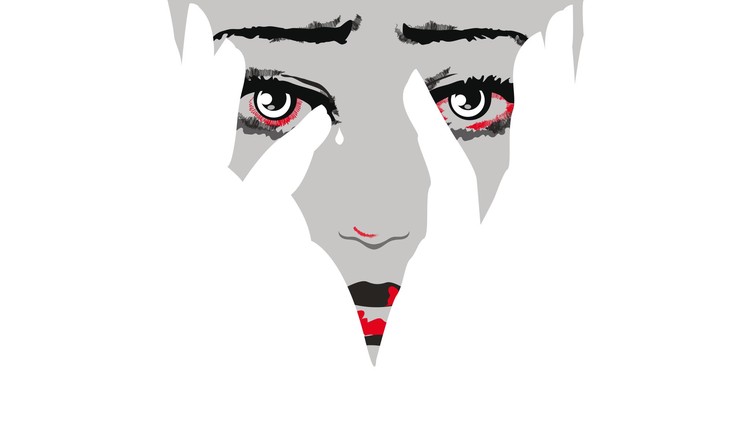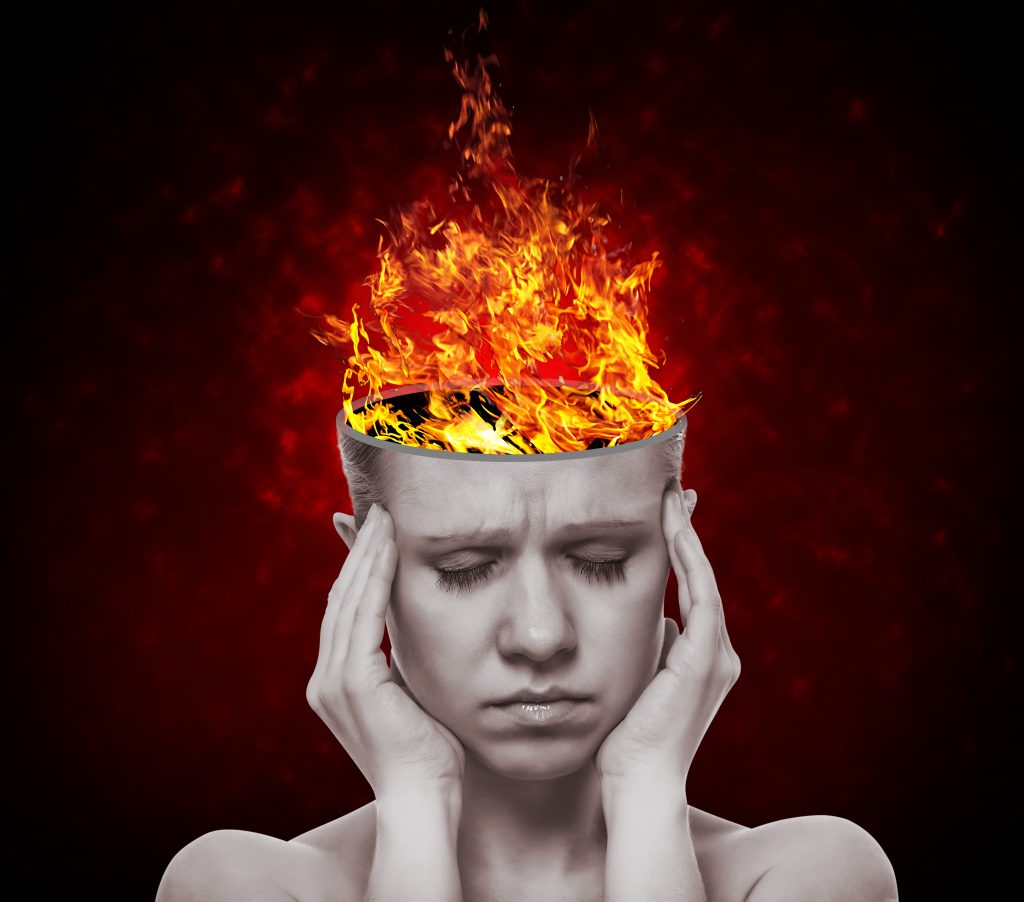Given the recent events in the Middle East, it’s an interesting time to think about revolution.
One pattern often seen in revolutions is where when the uprising first breaks out, there is tremendous relief, a huge upsurge in hope, etc.
In the best cases, things work out from there, maybe all the hopes don’t get fulfilled and they have to scale back some, but things move along.
Often though, the pattern is that after that first hopeful burst, horrible things start happening, and civil war becomes the norm, with things overall darker than before, and the state seems to have failed. It’s hard sometimes to sort out where the darkness comes from, between the excesses of the “old order” trying to stop the revolution, and the excesses of the revolutionaries trying to break free. Still, hope lives in corners, mixed in the disorder. Recovery is still possible.
It’s interesting that “psychosis” often follows the same pattern: people are hopeful at first, it seems as though something really wonderful is happening, a breakthrough. Then it turns dark, horrible experiences become common, and the “self” seems to have utterly failed, though hope still shines through, in disorderly ways, at times.
There are of course interesting questions about the role of “psychotic” process in creativity of all kinds, including revolutionary change in societies. If a society could totally suppress everything that even verged on psychosis, would it also be able to able to suppress any chance of revolution? Keep in mind it was a guy who set himself on fire who set off revolution in Tunisia and eventually much of the Middle East. He may not have been “psychotic,” but that’s a “psychotic” sort of thing to do. David Oaks likes to
make the point that he was told about the way to control a herd of wild horses, which is to watch for the one or two that are trying to do something different: if you can suppress them, you can control the whole herd.
Anyway, there’s an inspiring video that celebrates the revolutionary spirit, that I bet some of you would really enjoy, http://ow.ly/1bOB6C. It does a good job of touching on the connection between revolution, spirituality, and perceptions of mental disorder, although it only looks at the “bright side” of the topic, and is selling one point of view on it.
Revolutions have to do with a “bottom up” process that overthrows “top down” authority. It’s interesting that “schizophrenia” has been linked with a dominance of “bottom up” mental process, and lack of “top down” process: that’s why people diagnosed with schizophrenia tend to not fall for the rotating mask illusion.
“Psychosis” and “schizophrenia” have also been associated with a process that seems to involve the death, and potentially the rebirth, of the self. The parallel with revolution, which involves the death, and then possibly the rebirth, of the state, are pretty obvious. It has been also noted that a number of people go through psychosis and come out doing better than they ever did before: if psychosis is, like revolution, a process of challenging an existing way of being organized and has a potential for reorganizing in a superior way (though also a potential for destructive chaos) then this can be explained.
Our current mental health system, of course, sees no potential for successful “revolution” within psychosis, and makes its goal the restoration of the old order, at whatever cost. It tries to eliminate “voices” that seem outside the conscious self, rather than the creation of a democratic dialog that includes them into a new definition of the self. I think as we increase our understanding of the positive revolutionary potential within psychosis, we will become better able to help people move through the process in a way that leads to real healing.



